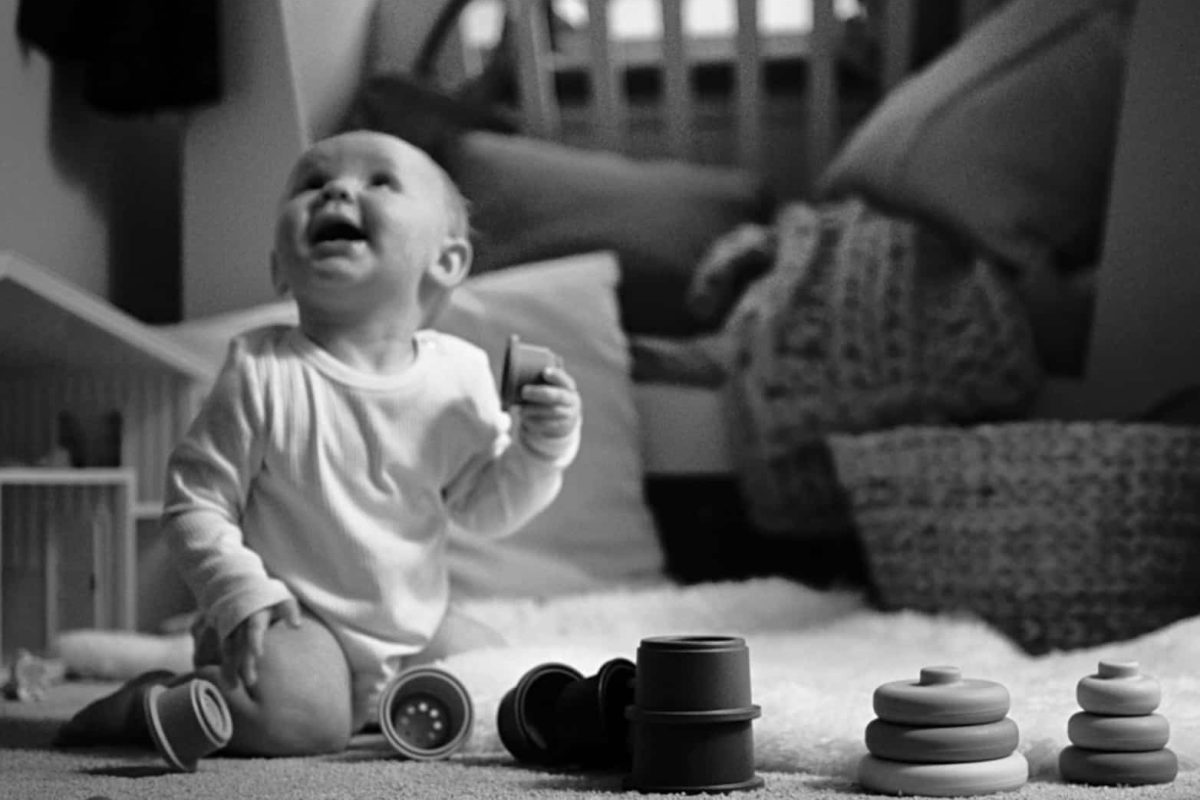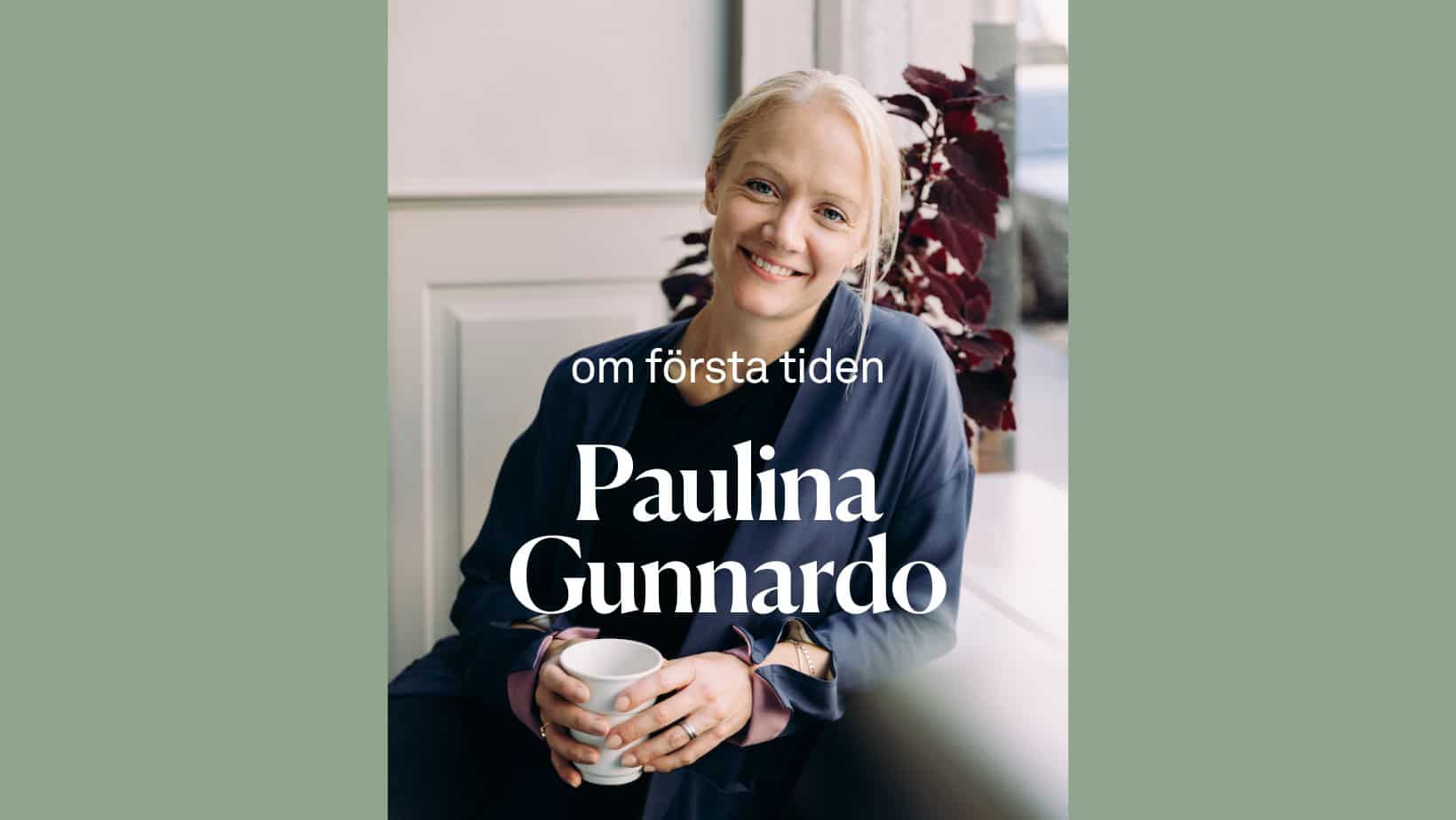
Unna participates in the Dragon’s Nest!
Unna appears in the season finale (episode 6) of Draknästet on SVT. Watch it at 20.00 on October 13th on SVT 1 or on SVT Play.

Iron-rich foods are important throughout life, but especially important to consider for young children.
Why? That’s because at six months, the iron depot the child has inherited from the mother runs out, and the need, which increases drastically here, must now be covered by iron from food. As the amount of food for a young child is not very large, it is important to prioritize iron-rich food. The recommendation from the Swedish National Food Agency is 8 mg iron/day for children from 6 months of age. This is roughly equivalent to the iron requirements of an adult male. Young children therefore have a very high iron requirement in relation to their energy needs.
The foods that are high in iron are mainly offal and blood foods such as black pudding. Furthermore, meat (mainly beef), eggs and seafood contain iron. Vegetable sources of iron are nuts, beans, lentils and dried fruit. In general, the body absorbs iron more easily from animal sources. When feeding children a vegetarian diet, it is therefore particularly important to pay attention to iron requirements. Vitamin C, and also fish, help the body to absorb iron from plant sources. Calcium in milk, and phytic acid, found in whole grain products, instead inhibit the absorption of iron. It is because of the inhibition of iron absorption that it is usually advised against giving regular milk to children under 1 year of age.
Despite the high iron requirement of children, breast milk contains a very low dose of iron, only about 0.03 mg/dl. To put it in perspective, for example, oatmeal contains 2 mg of iron/dl, walnuts 0.8 mg/dl, 1 slice of rye bread about 1 mg, 50 g of beef 1.3 mg and 1 slice of black pudding (50 g) 9.8 mg of iron. You can read more about the content of different foods on the Finnish Food Authority’s website.
The reason why breast milk is so low in iron is thought to be an evolutionary advantage in keeping microbes out of the gut. Bacteria thrive in iron-rich environments, so keeping levels low in the infant’s gut has been thought to be (and is) a protection against bacterial attack.
Store-bought porridge, gruel, supplements or milk drinks are almost always iron-fortified, and are therefore usually considered a good idea to supplement your child’s other food. For those who make their own porridge from scratch, it is recommended to fortify it with iron to meet the child’s iron needs. If you are unsure or have questions about your child’s food, consult your nurse and/or dietician!
Iron is important for a number of functions in the body – it is part of hemoglobin, which carries oxygen in the blood. Iron is also fundamental to brain development.
Because children grow and develop so quickly, the need for iron is high, as is the susceptibility to iron deficiency. It is not uncommon for children to have low iron intake, which can lead to iron deficiency and anemia, also known as iron deficiency anemia. Iron deficiency anemia can be difficult to detect (the most common symptom is fatigue) but it is known that it can lead to poor brain development. Talk to your BVC nurse if you are unsure about your child’s iron intake or are concerned about iron deficiency in your child.
It is known that time in the womb plays a role in the iron stores that babies build up. Premature babies therefore have a smaller iron store than full-term babies when they are born, so iron supplementation may be needed for premature babies before 6 months of age. Research is also being carried out on how full-term babies are affected by iron supplementation. For example, a study is being conducted at Umeå University to give children from 4 months to 9 months of age a small iron supplement in the form of drops. The children are then followed up at specific points during their childhood. The latest research also suggests that leaving the umbilical cord in place for a while after birth, known as ‘late cord clamping’, benefits the important iron depot that the baby receives from the mother.
Central Barnhälsovård, VGR, advice on iron for children 0-5 years. March 2022.
Medical Journal. Children’s iron needs and how we can best protect their brains. 2014;111:CH9D
National Handbook of Child Health Care. Vegetarian diets for children. 2022-03-01.
SVT.se. Umeå researchers in study on iron supplements for babies. 2020-02-20.

Unna appears in the season finale (episode 6) of Draknästet on SVT. Watch it at 20.00 on October 13th on SVT 1 or on SVT Play.

The struggle to breastfeed, the shock of tiredness, and the revenge with the second child. “If by sharing my journey and my choices, I can perhaps empower or help others who are currently in a similar situation, then I am happy.”
WHO rekommenderar uteslutande amning under de första 6 månaderna. UNNA stödjer detta till fullo liksom fortsatt amning tillsammans med introduktion av en varierad kost enligt råd från barnhälsovården.
The WHO recommends exclusive breastfeeding for the first 6 months. UNNA fully supports this as well as continued breastfeeding along with the introduction of a varied diet as advised by child health services.